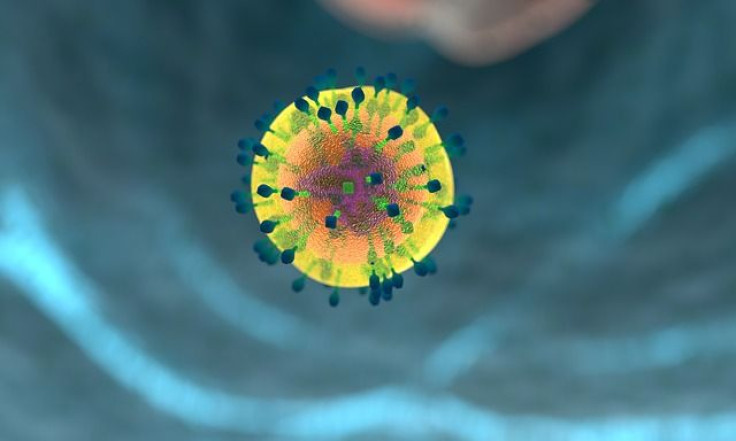HIV May Date Back Millions Of Years: The Evolution Of Retroviruses
The origins and history of the aggressive HIV virus have been an enigma to humans since the early 1980s when the AIDS disease became prevalent.
To find answers about the way that HIV/AIDS works, researchers have been looking at imprints left by related viruses in other animals. A research group led by Daniel Elleder at the Czech Academy of Science has just published a study revealing that HIV-related retroviruses originated as early as 60 million years ago — which means they have been around a lot longer than previously believed.

HIV is a type of lentivirus, which means it attacks the immune system of mammals. To better understand the origins of this disease, scientists have studied similar virus genes in lemurs, rabbits and ferrets. Until recently, the oldest known lineages of any lentivirus had dated back only three to 12 million years.
"We hope that our findings will allow virologists to better understand how lentiviruses evolved and how their hosts developed defenses against them," said Elleder.
There are many rumors about how humans first became infected with HIV. Back in 1999, an international team of researchers reported that they had discovered the origins of HIV-1, the predominant strain of HIV, in the developed world. So, what was the original source of the virus? A subspecies of chimpanzees native to west equatorial Africa, according to The AIDS Institute. The researchers believe that HIV-1 was introduced into the human population when hunters became exposed to infected blood.
The earliest known case of HIV in a human was detected in a blood sample collected in 1959. The infected man was in Kinshasa, Democratic Republic of the Congo, and it’s still unknown how he contracted the lentivirus.
In future studies, Elleder and his team hope to follow the timeline of HIV even deeper into the past and examine lentiviruses in a broad spectrum of animals in an effort to identify even more answers about its evolution.
Source: Elleder D. Study pushes back the origin of HIV-related retroviruses to 60 million years ago, Molecular Biology and Evolution 2016.



























